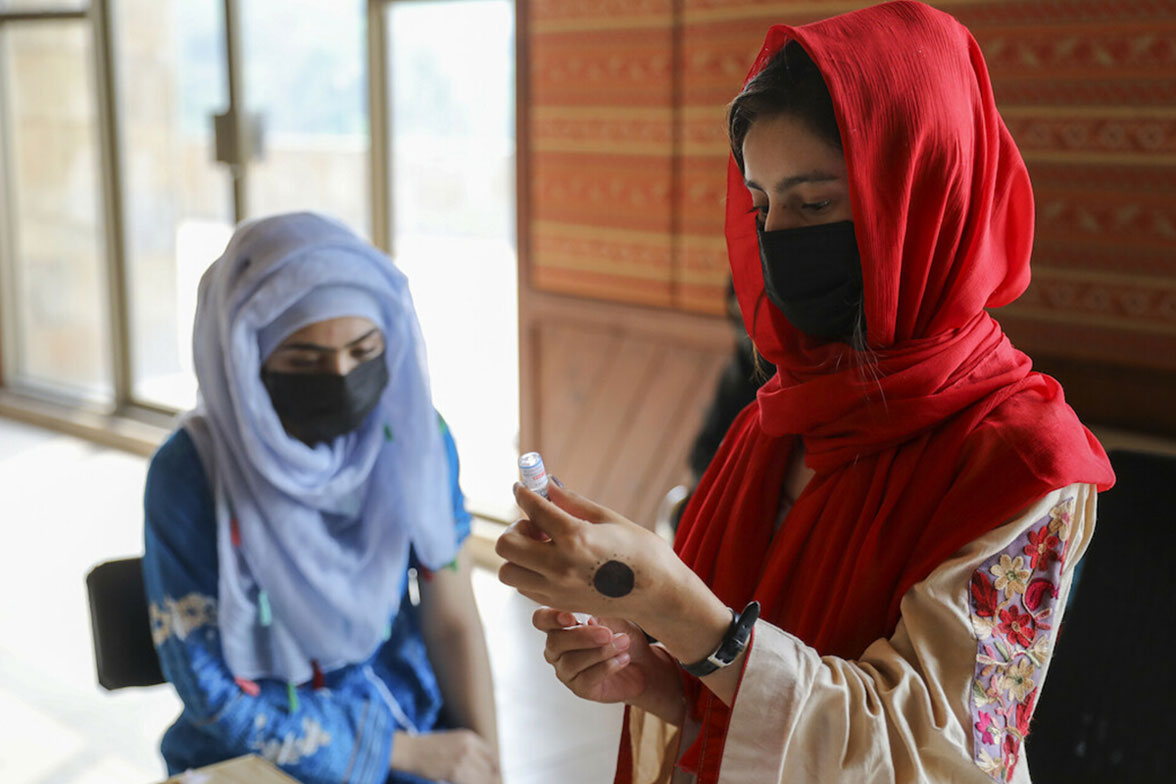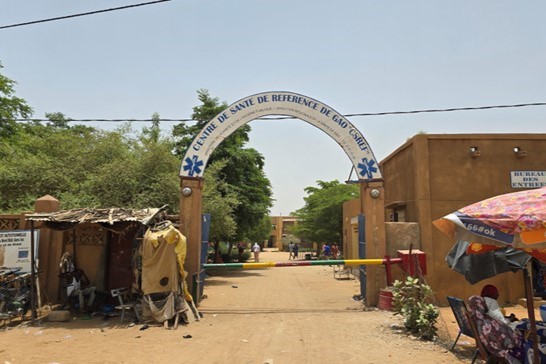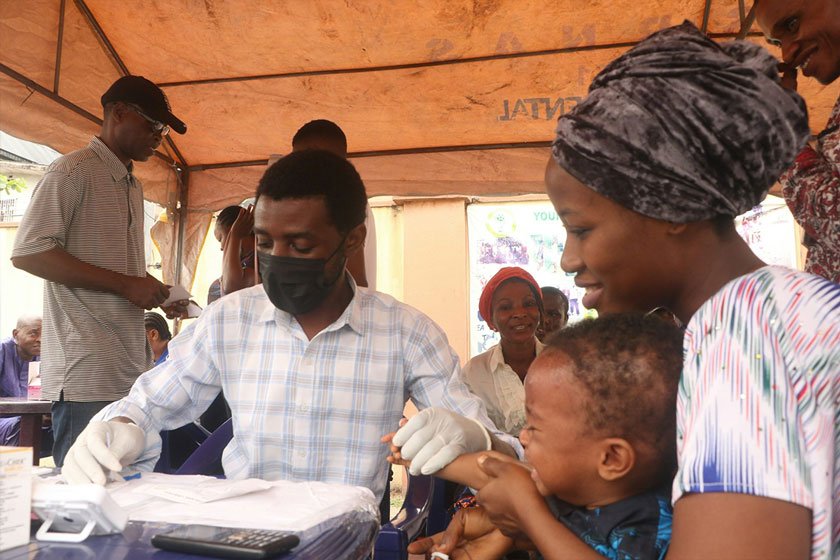Resilient 'forgotten' crops in Sub-saharan Africa bring nutritional benefits
A 2023 study was recently awarded the Cozzarelli Prize from the Proceedings of the National Academy of Sciences for its work identifying “forgotten” food crops in sub-Saharan Africa that may be more resilient to climate change than the region’s current staple crops of maize, rice, cassava and yams.
- 2 August 2024
- 7 min read
- by Mongabay
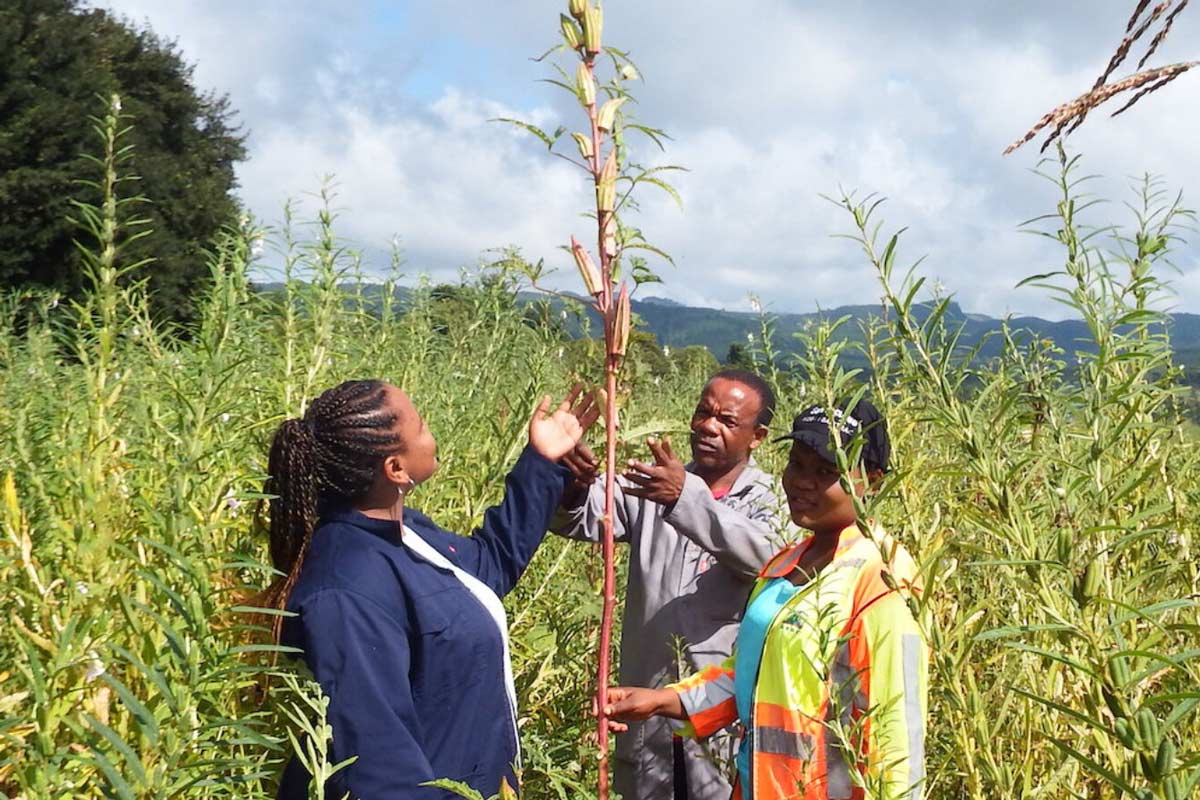
The study found that West Africa and Central Africa would experience the largest decrease in suitability for current staple crops by 2070, and that maize was the most vulnerable of the staples.
For many people across sub-Saharan Africa, Cleome gyandra, commonly known as the spider plant, is not food: it’s a weed. A tall, leggy plant with stars of almond-shaped leaves and clusters of white flowers, the spider plant is particularly common in Southern and East African countries. Yet until recently, it was a “forgotten” crop: sometimes eaten by rural people for subsistence, but for the most part neglected in larger food systems. This, even though its peppery, mustard-flavored leaves and stems are rich in vitamins, minerals and nutrients — and the fact it may prove more resilient than other staples in a region rapidly being transformed due to climate change.
The spider plant is one of 52 crops identified in a 2023 study recently awarded the prestigious Cozzarelli Prize from the Proceedings of the National Academy of Sciences (PNAS). The study examined “forgotten” crops that may help make sub-Saharan food systems more resilient, and more nutritious, as climate change makes it harder to grow the maize, rice, cassava and yams that the region currently relies on.
“The changing environment, together with the need to diversify the food system and to chase away some of the health issues that we are having now, should trigger us to change the way we grow things, the way we eat,” says co-author Enoch Achigan-Dako, director of the Genetics, Biotechnology & Seed Sciences Laboratory at Benin’s University of Abomey-Calavi. “The diversity we need is already available.”
The researchers began by looking at the present and future bioclimatic ranges, which include temperature, rainfall and soil type, of current staple crops. Using models of predicted climate for the year 2070, the co-authors identified several regions where climate change will likely make it harder to grow these current staples in the next 50 years.
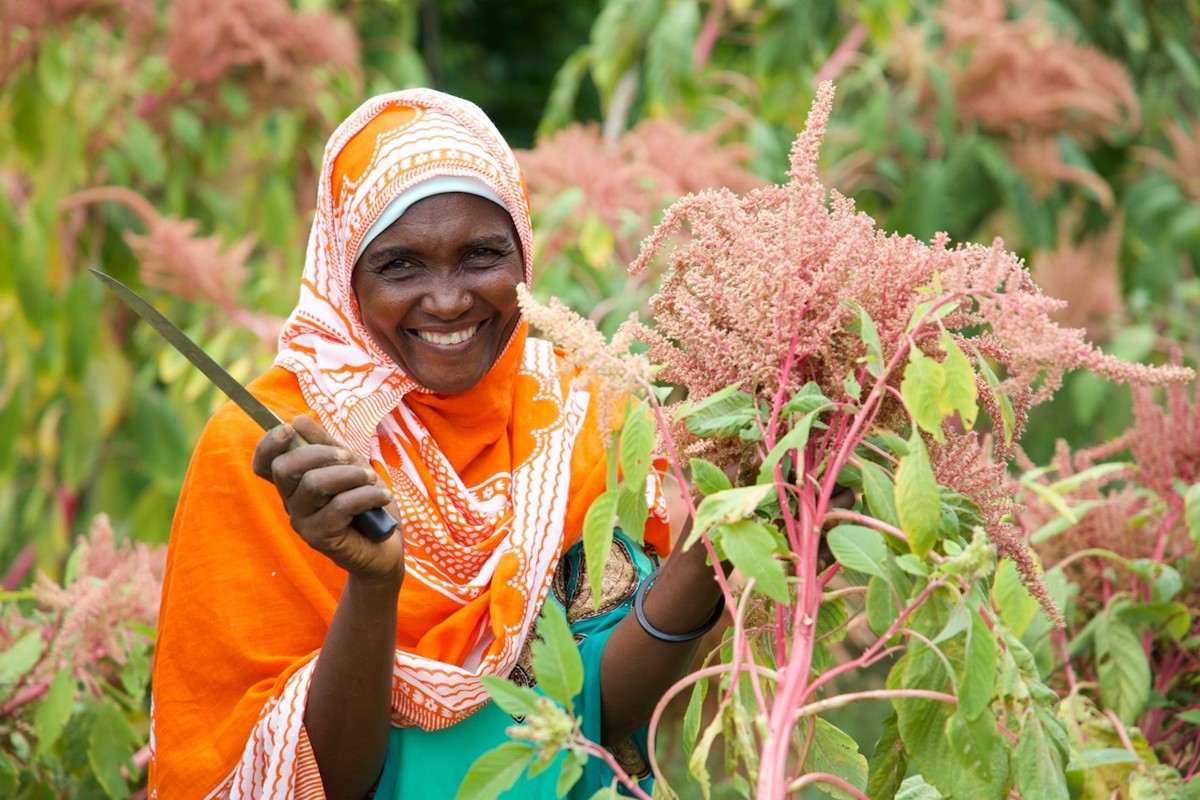
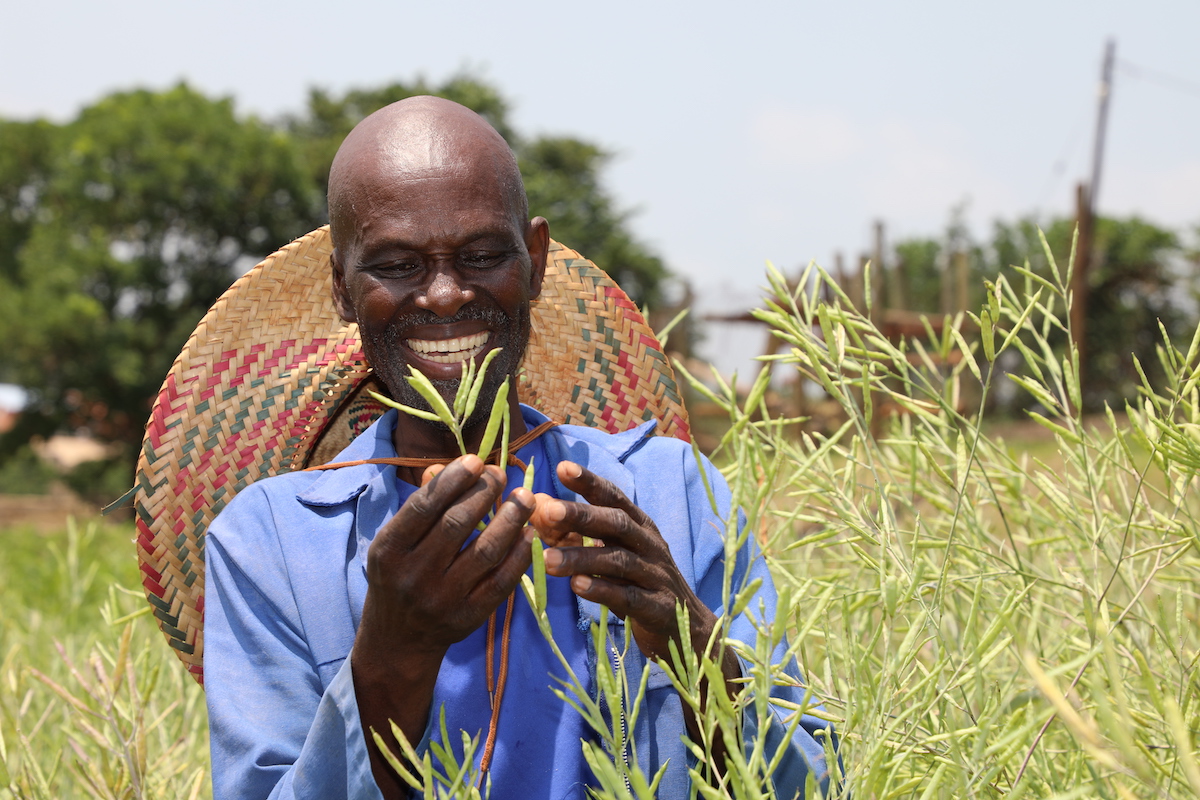
Suitable ranges for these crops are likely to shrink the most in West Africa, declining by 17.7%, according to the study. The researchers predicted Central Africa’s staples would see a 14.5% drop in their ranges. Out of all the staple crops, maize was predicted to be the most vulnerable to climate change. The study predicted that more than a quarter of its current growing locations in West Africa and a third of those locations in Central Africa will experience “novel” conditions, outside of maize’s baseline bioclimatic niche.
The researchers then compared these future scenarios to the environmental ranges of 138 candidate crops indigenous to sub-Saharan Africa, found in gene banks and in fields. According to the study, these were food crops that were “relatively underresearched, underutilized, or underpromoted in an African context,” but which have the nutrient content and growing stability to support healthy diets and local economies in the region.
“Often ‘forgotten’ crops have always been in the food systems of the continent,” Achigan-Dako says. “But nobody is promoting those crops, and nobody is generating additional knowledge about the information that farmers have already gathered around those resources.”
The researchers found that many of these plants’ current ranges suggested they would be able to thrive under new, expected climate conditions. From this group, the researchers then whittled down their list to only include crops with high nutritional content.
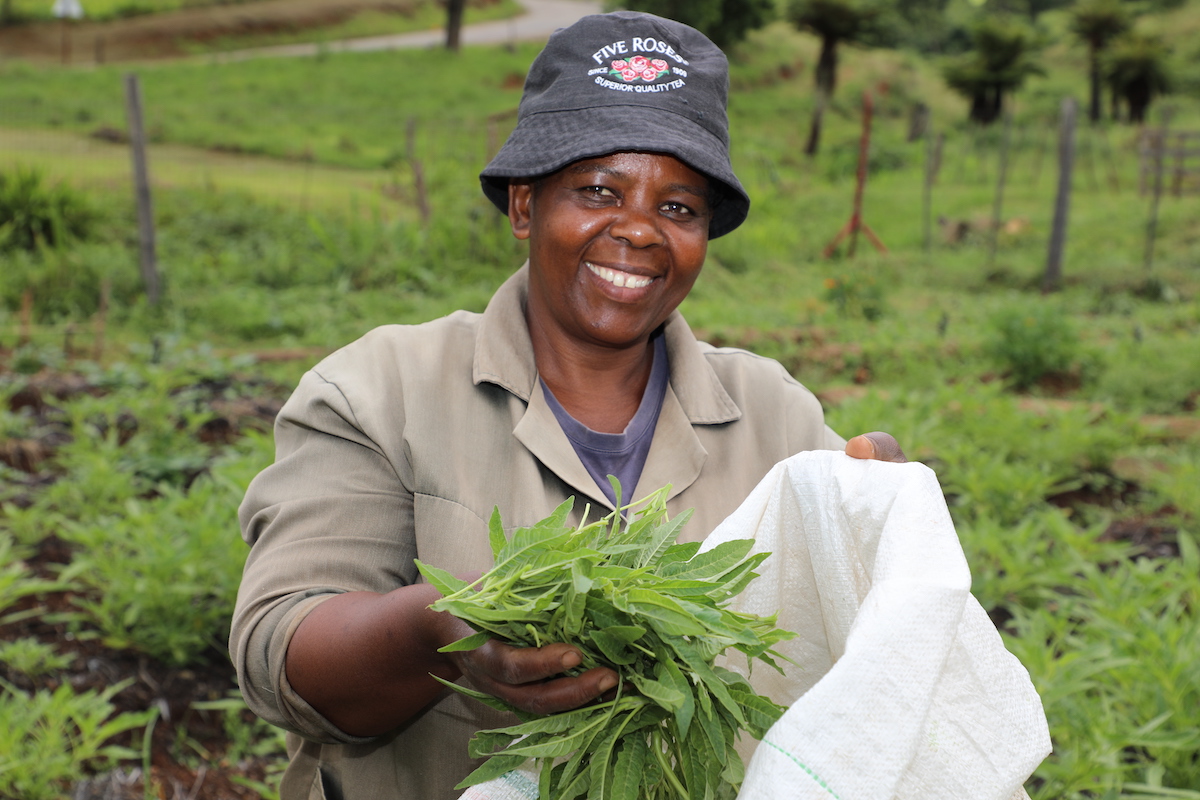

“If you look at larger patterns, not only in Africa but globally, there is a kind of tendency to homogenize diets, which is not only affecting our nutrition but our resilience of the food production systems,” says co-author Maarten van Zonneveld, the gene bank manager at the World Vegetable Center in Taiwan. “Yet we know there is a nutrition gap all over the world. We want to determine to which extent we can use these [plants] to get these double wins, to address climate change but also to contribute to providing people access to more healthy diets.”
For this team, the work isn’t just theoretical. This partnership came about in part because the researchers involved have all been working on the ground in Africa, with growers and seed banks, to collect and study underutilized plant species, and figure out the best strategies to introduce them to local diets.
They’ve already achieved some successes, including with the spider plant: the former weed is now a common sight at farmers’ markets in Kenya, and Achigan-Dako is working with farmers to sell it directly to consumers in Benin. His lab has also had success in introducing the mung bean (Vigna radiata) in Benin by sharing seeds from the World Vegetable Center with farmers.
In Eswatini, van Zonneveld and the World Vegetable Center are working with schools to introduce hardy, underutilized vegetables to their gardens, which have typically only grown beans and maize.
“These programs look like a promising way to engage with young people, provide them with more nutritious meals and also let them experience these kind of vegetables,” van Zonneveld says. “These will be our future champions, and they will take these vegetables with them. That’s really part of a long-term solution.”
The work is far from finished, however. One issue is that there’s still much to be learned about native crop diversity; van Zonneveld pointed to a significant knowledge gap in terms of historic crop records in the Congo Basin in particular.
“It’s one of the least-researched areas in terms of vegetable diversity on the continent,” he says. This comes in part because these countries are dependent on imports for their food. In many parts of the region, eating Western-style food is also seen as a sign of wealth, while Indigenous populations and cultures still experience discrimination. Additionally, poor infrastructure and ongoing armed conflicts in some countries can make it difficult and expensive to carry out research.
Additionally, according to Josué Aruna, executive director of the Congo Basin Conservation Society (CBCS) in the Democratic Republic of Congo, most scientific interest in the region has focused on “improved” crops bred for yield and productivity, rather than nutrition or resilience.

“Communities have abandoned their cultural habits in terms of food systems, which has led to less consideration being given to them,” Aruna says. “Scientific researchers, by focusing on [improved] seeds, have put aside the nutritional value, the cultural values and the economic values of ancestral seeds.”
Yet the Congo Basin isn’t only among the most climate-vulnerable regions, but an area of exceptional biodiversity, which may have many more “forgotten” crops to help build resilience.
Have you read?
Change is beginning to come. According to Famara Diédhiou, a program officer at the Alliance for Food Sovereignty in Africa (AFSA), supply chain disruptions due to the COVID-19 pandemic and the Russian war in Ukraine have led many African countries to shift their focus from food security, which centers access to food, to food sovereignty: “Not just access, but also diversification and the possibility of choice,” he says.
AFSA has been working with several countries, including those in the Congo Basin, to implement the My Food is African campaign, which promotes native and traditional food. They’re also advocating for more localized food policy and a greater focus on agroecology within the African Union.
Achigan-Dako, van Zonneveld and their colleagues are also providing information and seed resources to the U.S. Department of State’s Vision for Adapted Crops and Soils (VACS) program, which provides funding to improve the resilience and sustainability of global food systems. In fact, VACS used the list of crops from the PNAS study to select its focus crops. The World Vegetable Center is also working on “rescue” missions to study native crops in Benin, Tanzania, Madagascar and Eswatini, four hotspots of vegetable biodiversity, with the goal of continuing to seek out beneficial plants.
“I think that’s an important message now, because if you don’t know what you have you cannot conserve it and you cannot use it,” van Zonneveld says.
The final piece of the puzzle is identifying the most effective ways to mainstream these crops. One aspect of this is working closely with farmers to figure out which crops perform well in different areas. The other is making sure that newly introduced foods taste good in local cuisines. The World Vegetable Center has been working on this using mobile kitchens in clinics, malls and supermarkets to test out dishes with some of these once “forgotten” ingredients, including black nightshade, leafy amaranth, pumpkin leaves, okra, jute mallow, and leafy cowpea — all served, van Zonneveld says, “with peanut sauce: very important.”
Citations:
van Zonneveld, M., Kindt, R., McCullin, S., Achigan-Dako, E. G., N’Danikou, S., Hsieh, W., … Dawson, I.K. (2023). Forgotten food crops in sub-Saharan Africa for healthy diets in a changing climate. Proceedings of the National Academy of Sciences, 120(14) doi:10.1073/pnas.2205794120
More from Mongabay
Recommended for you
